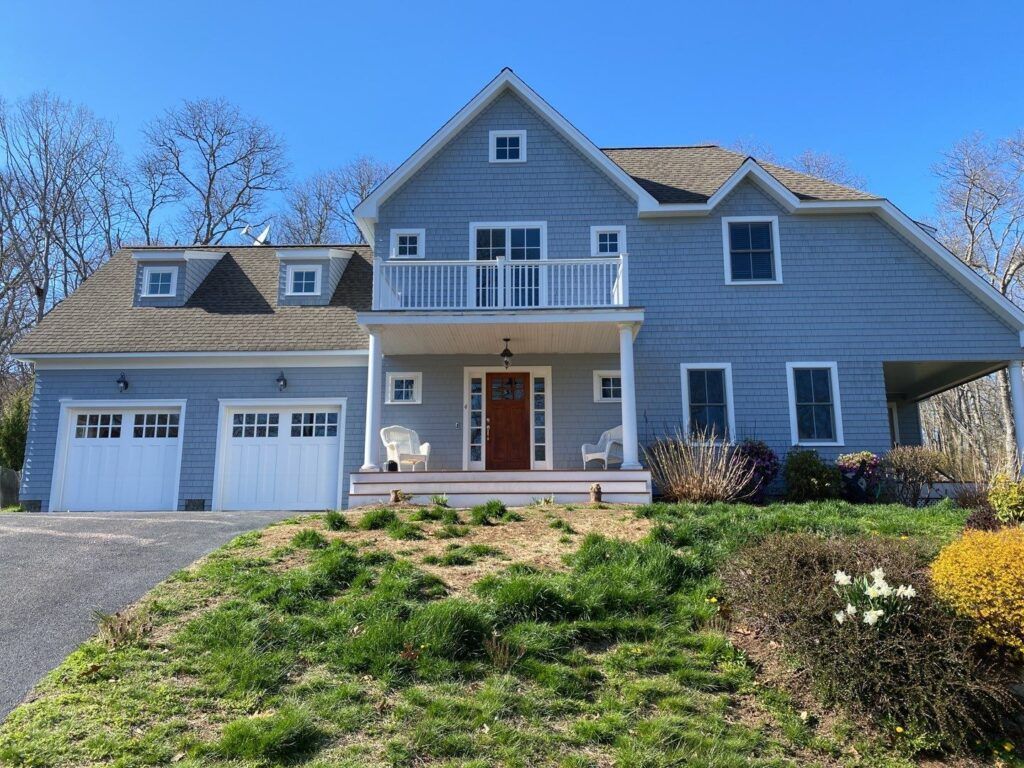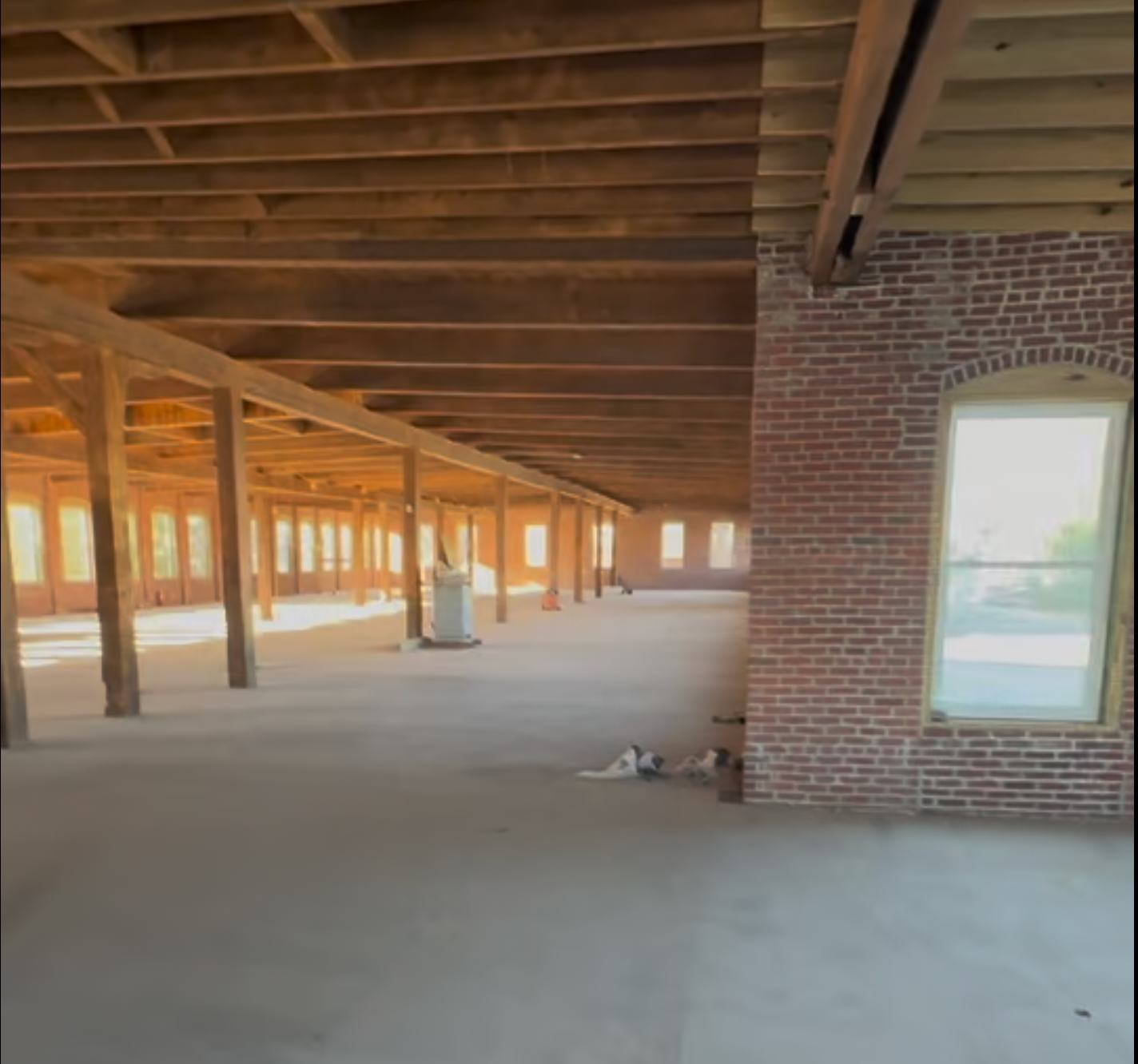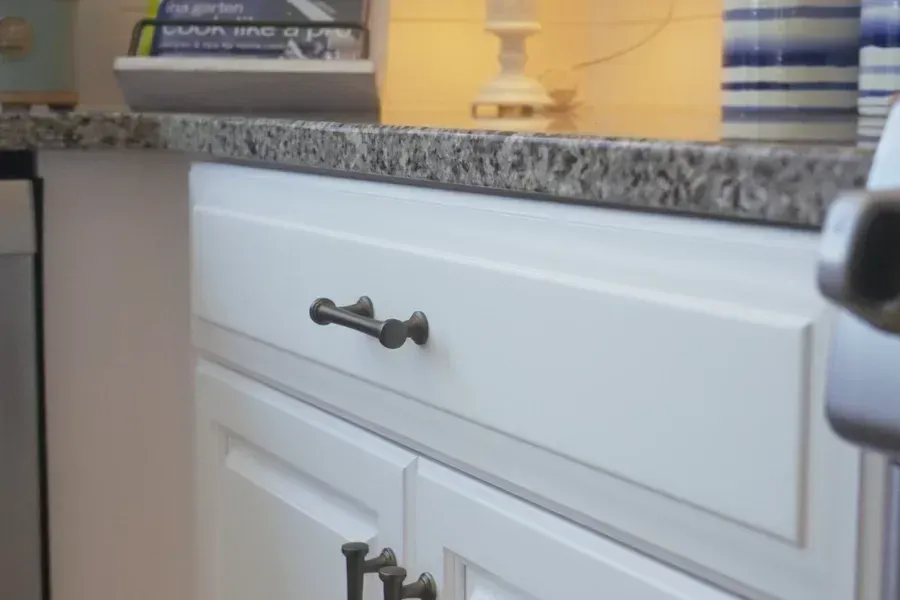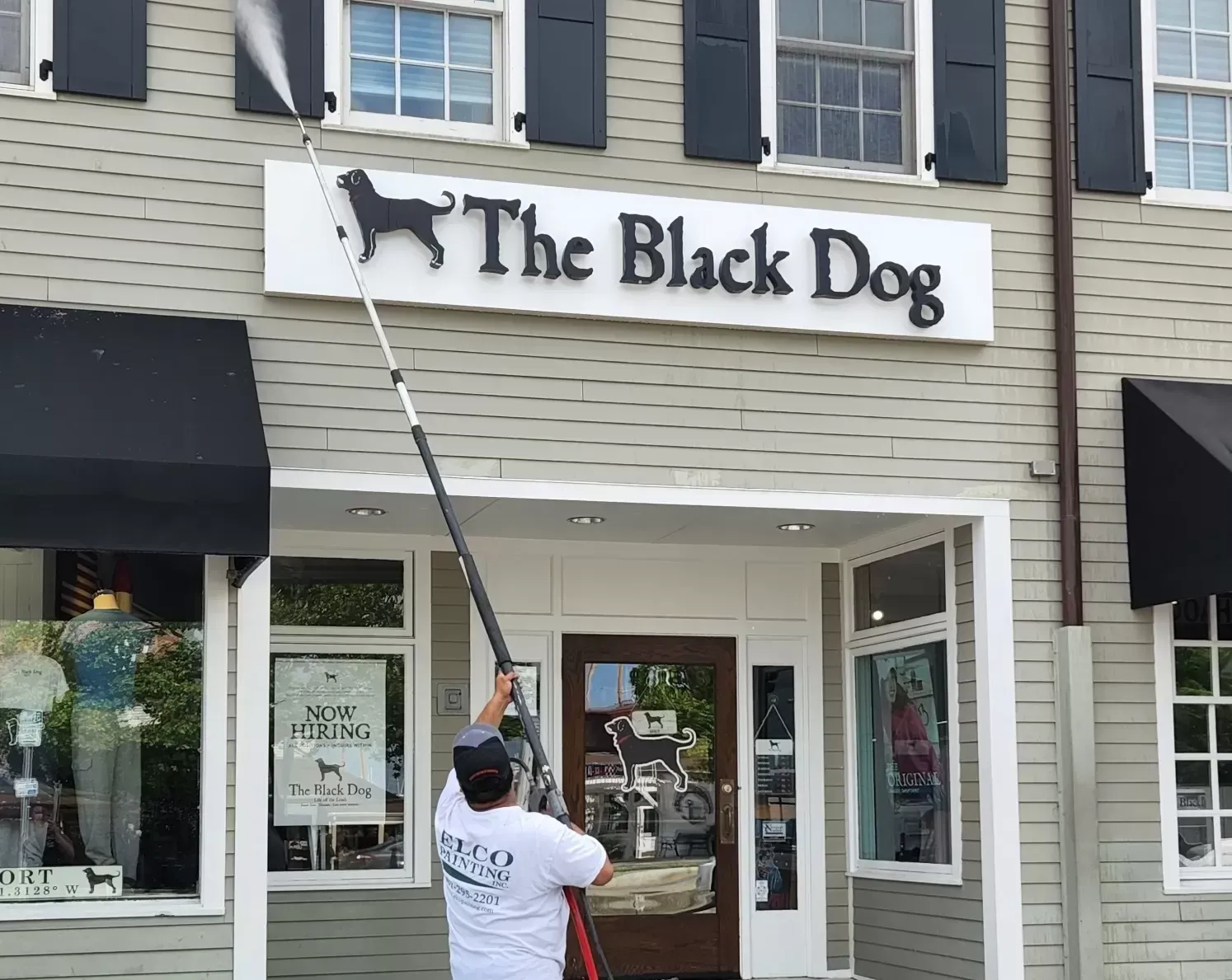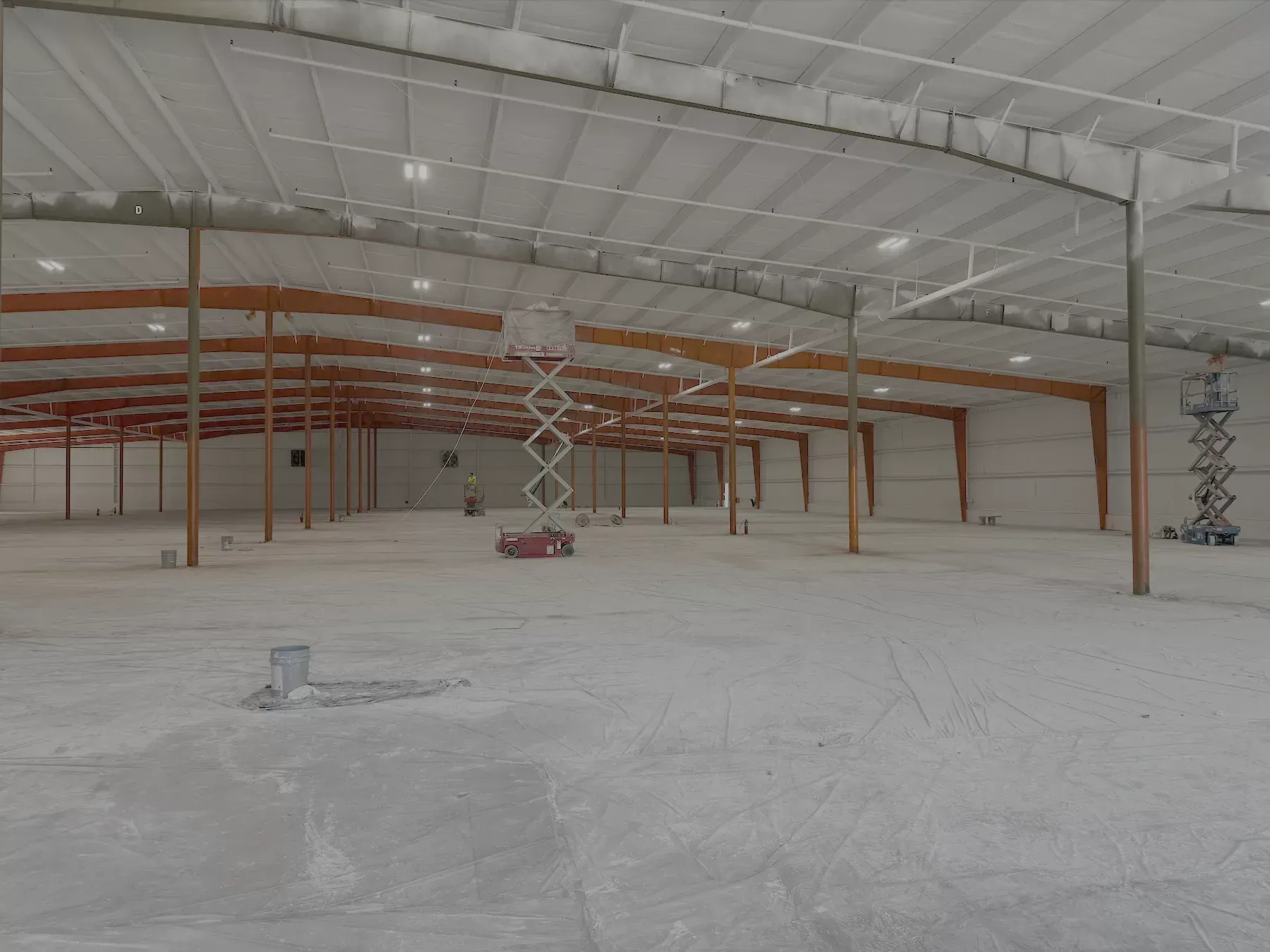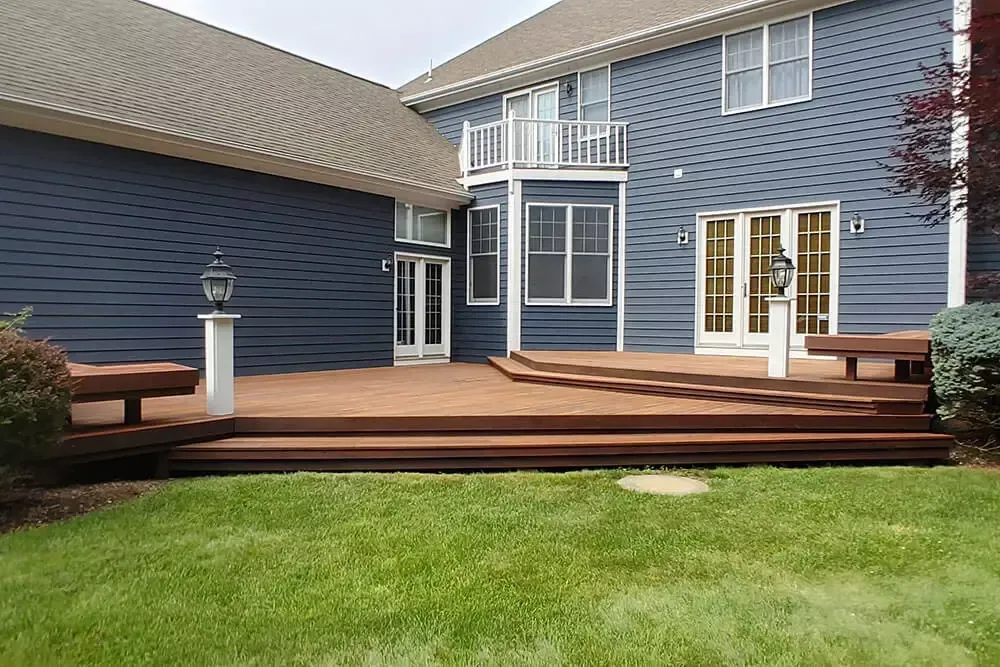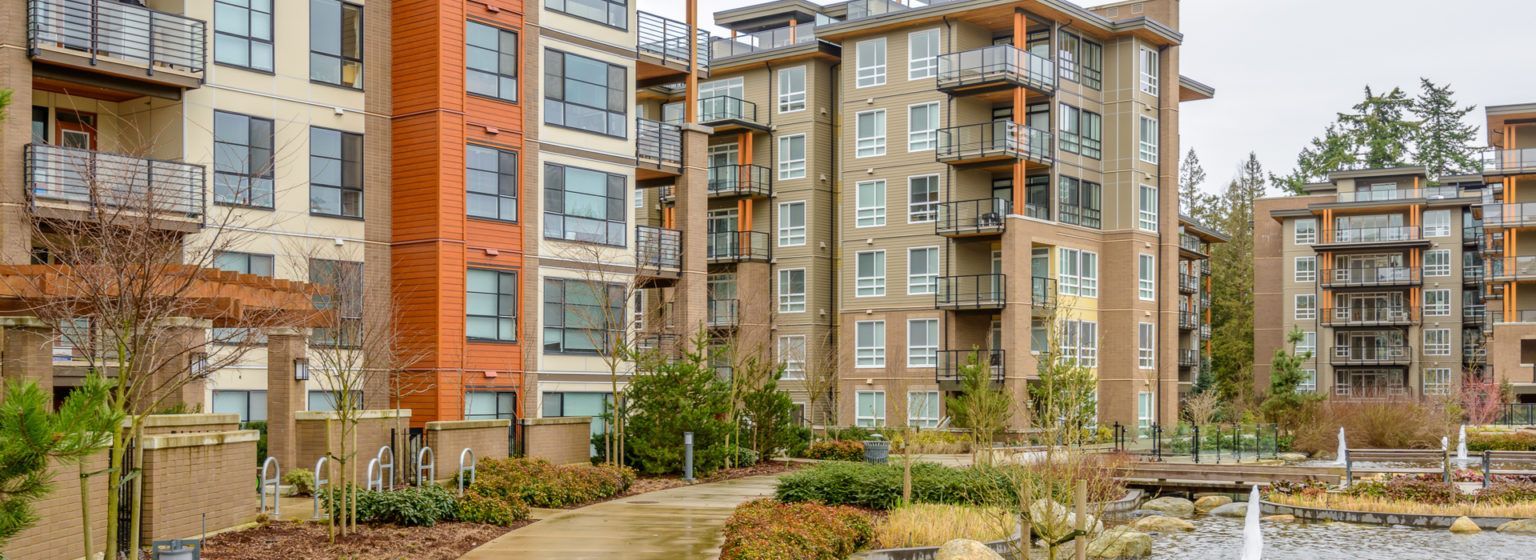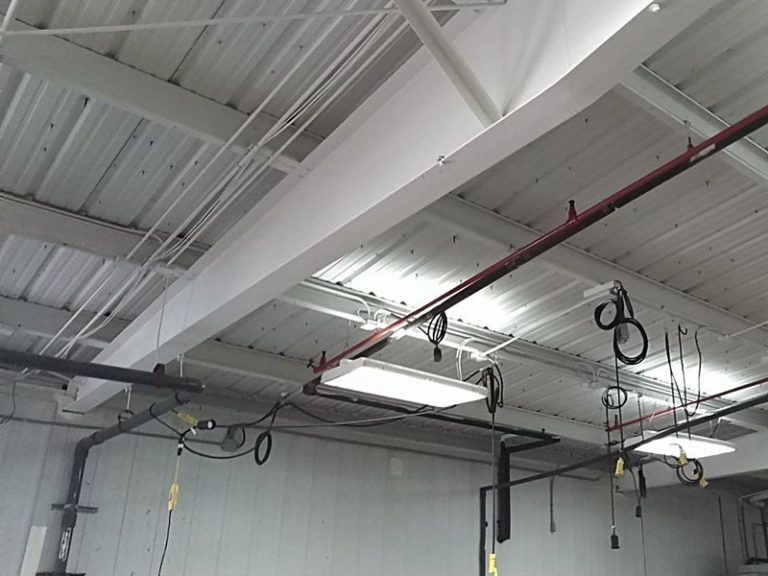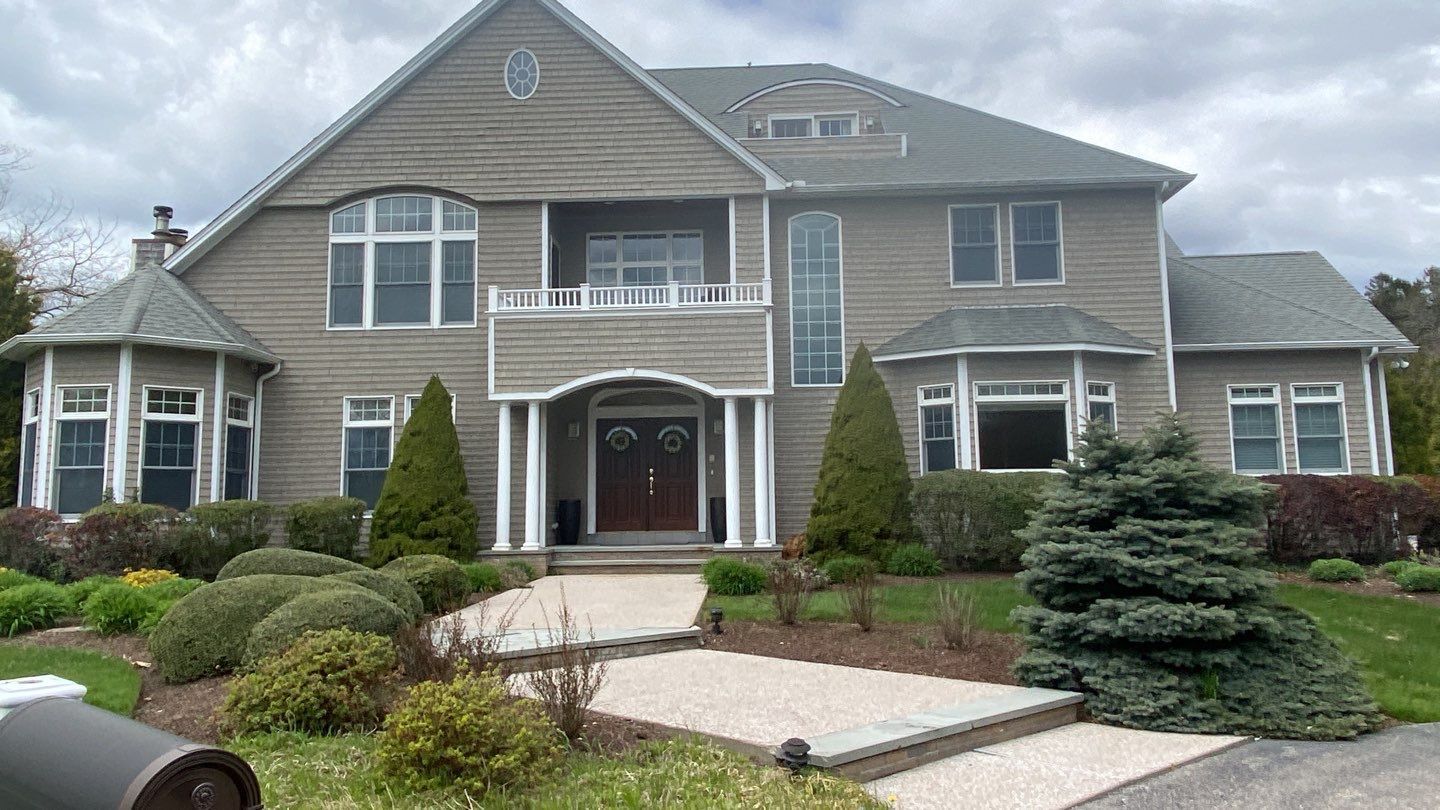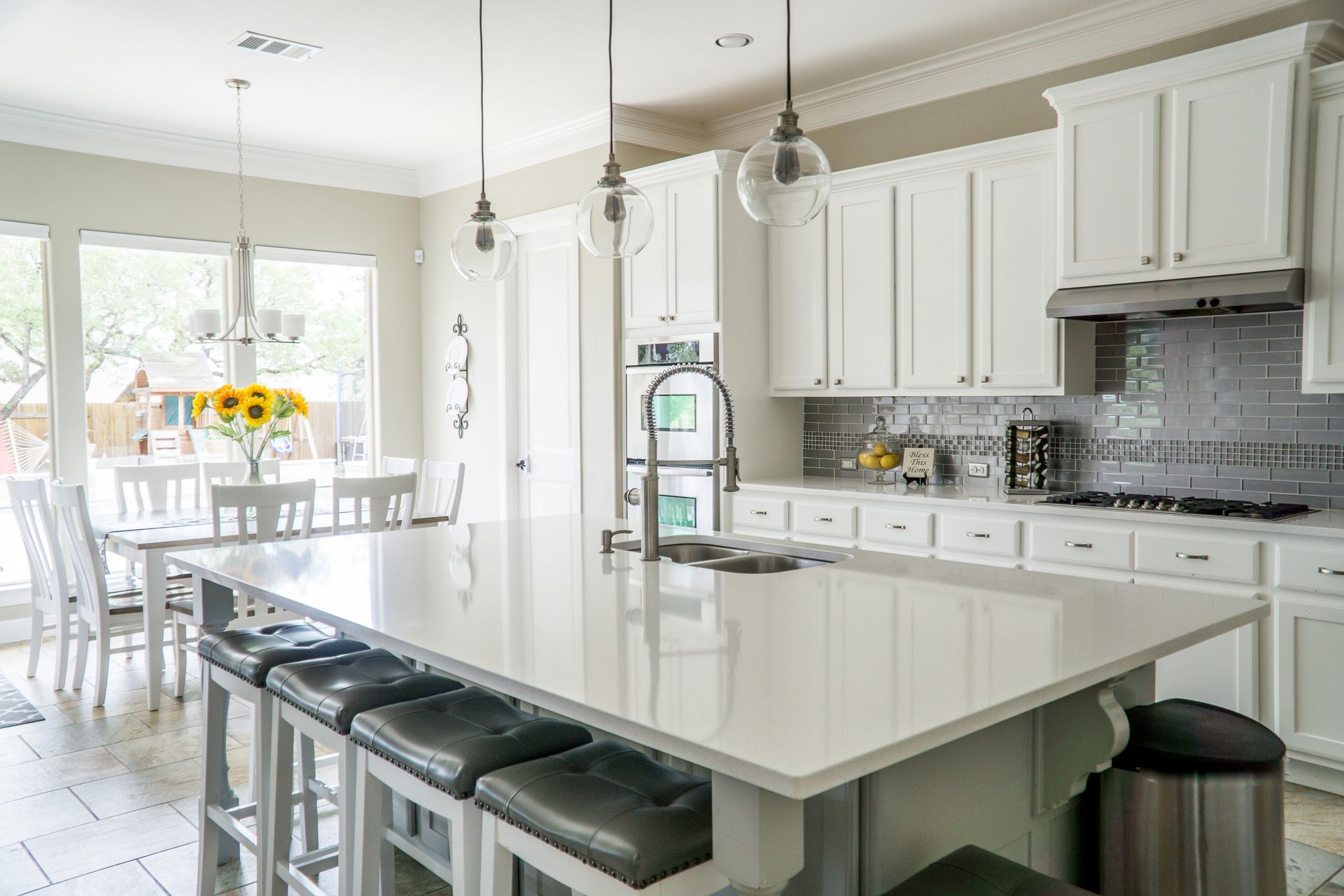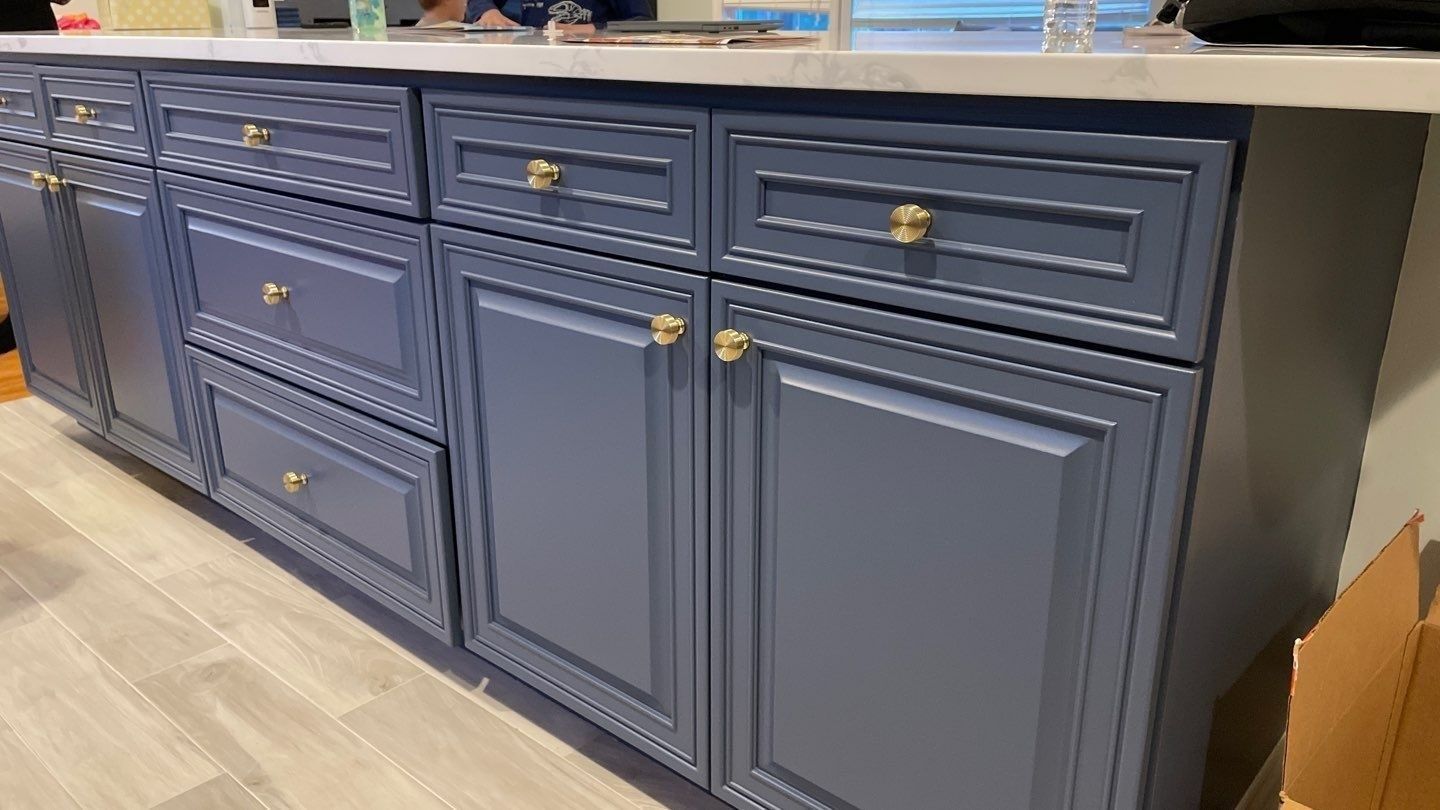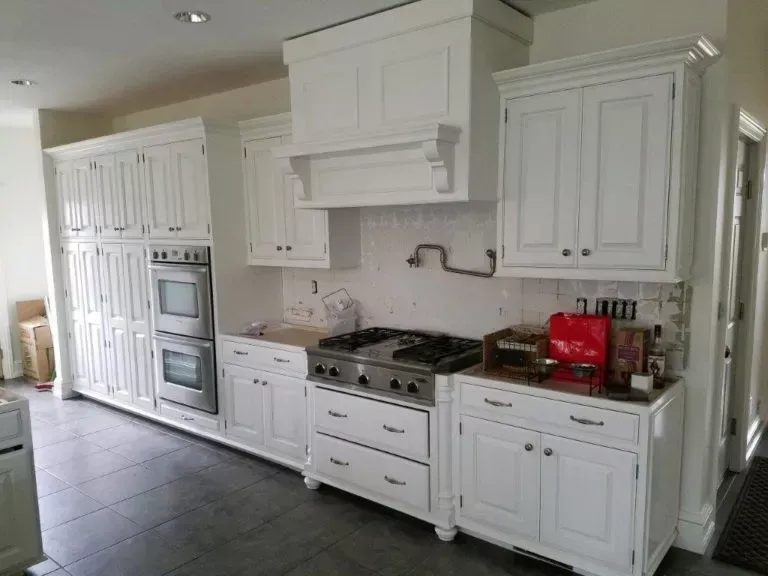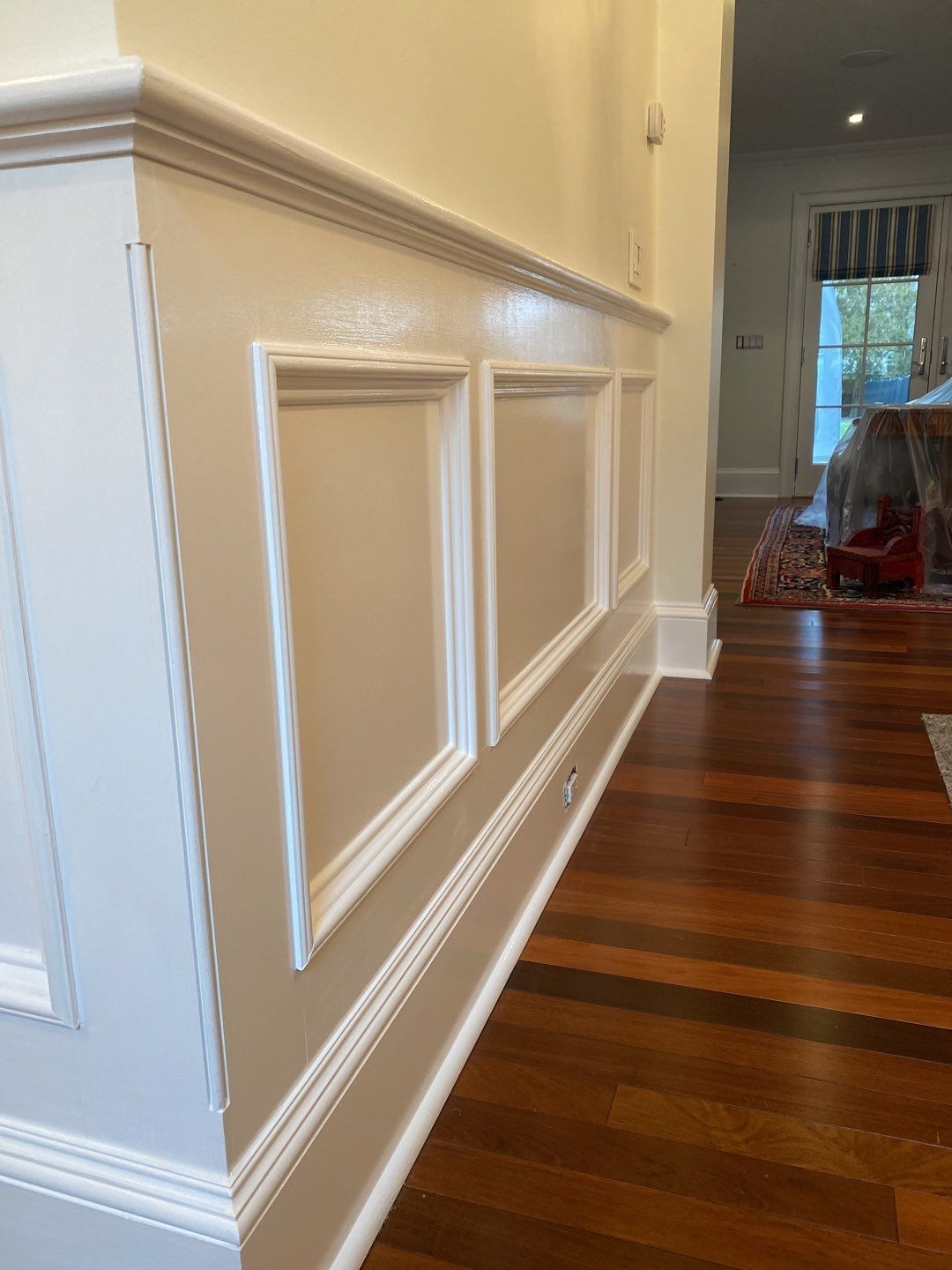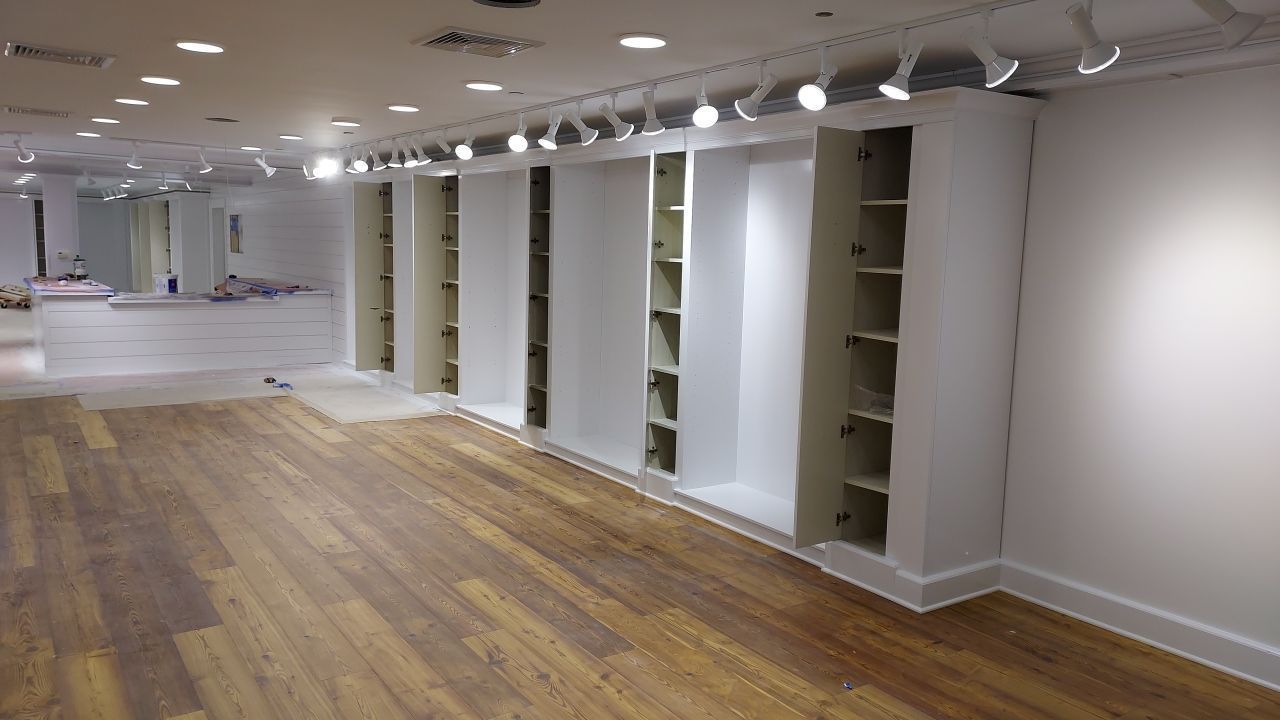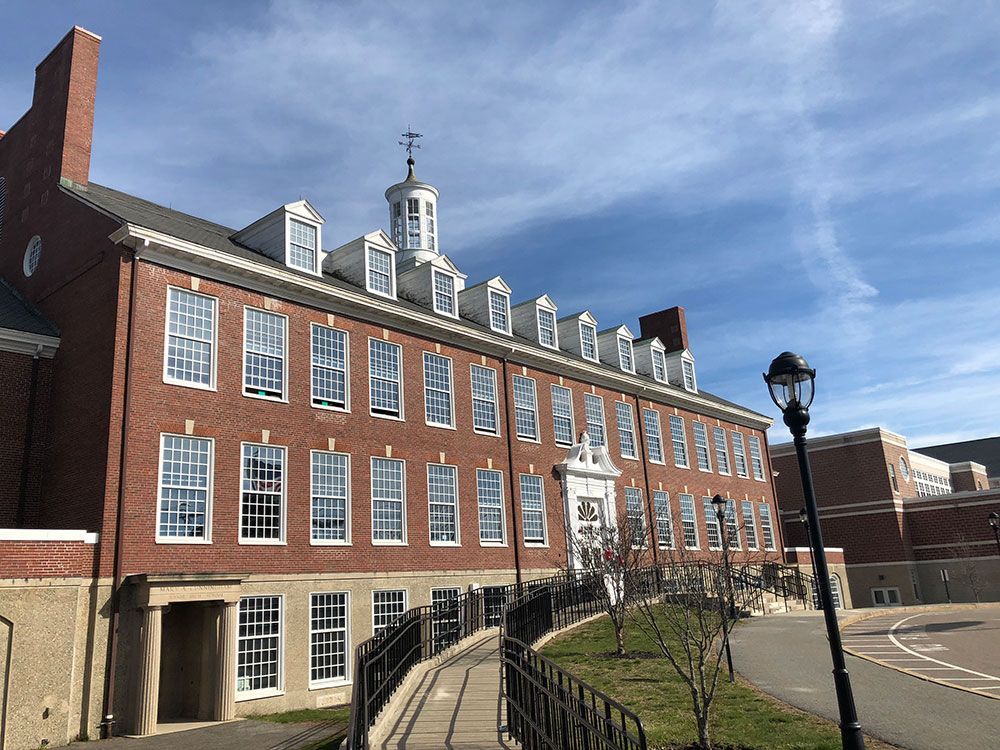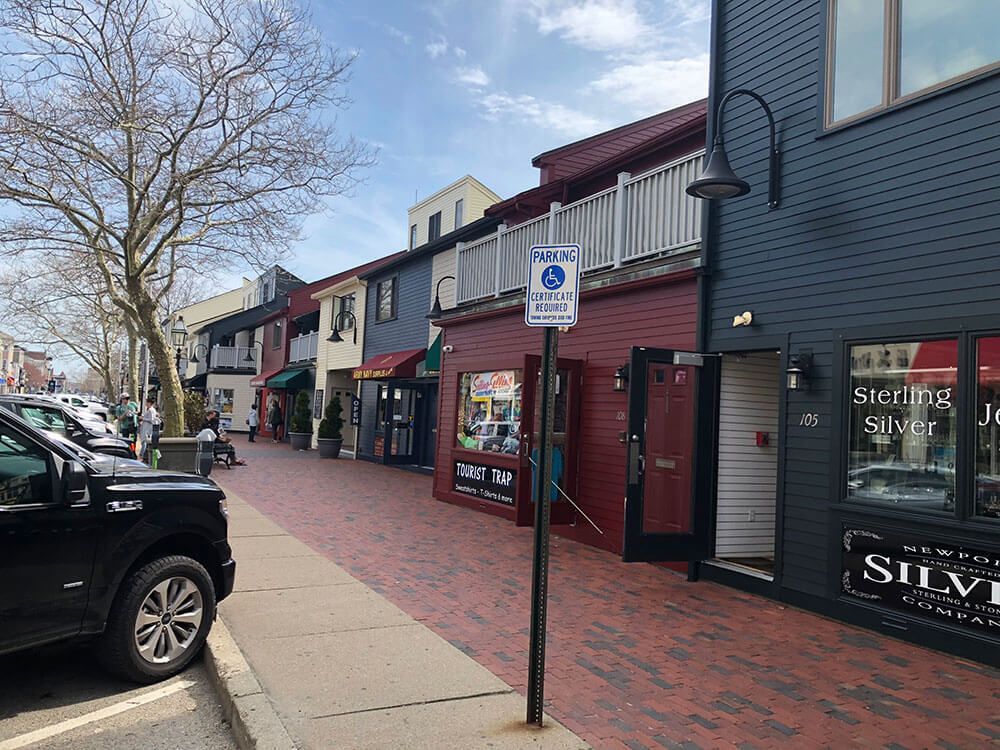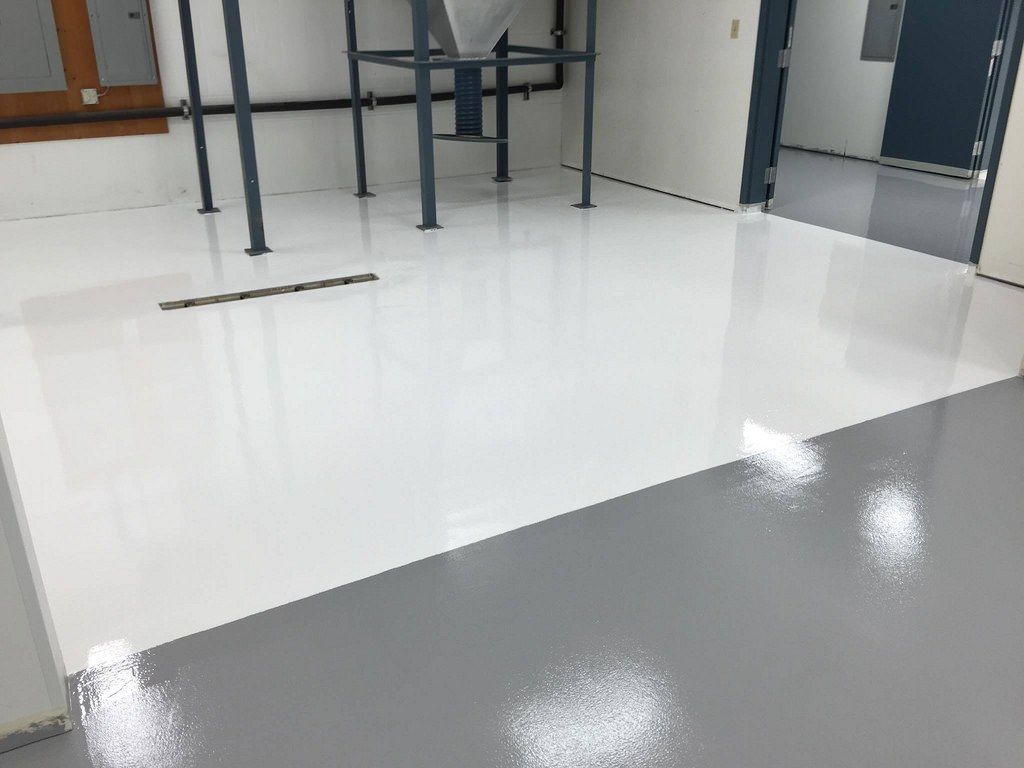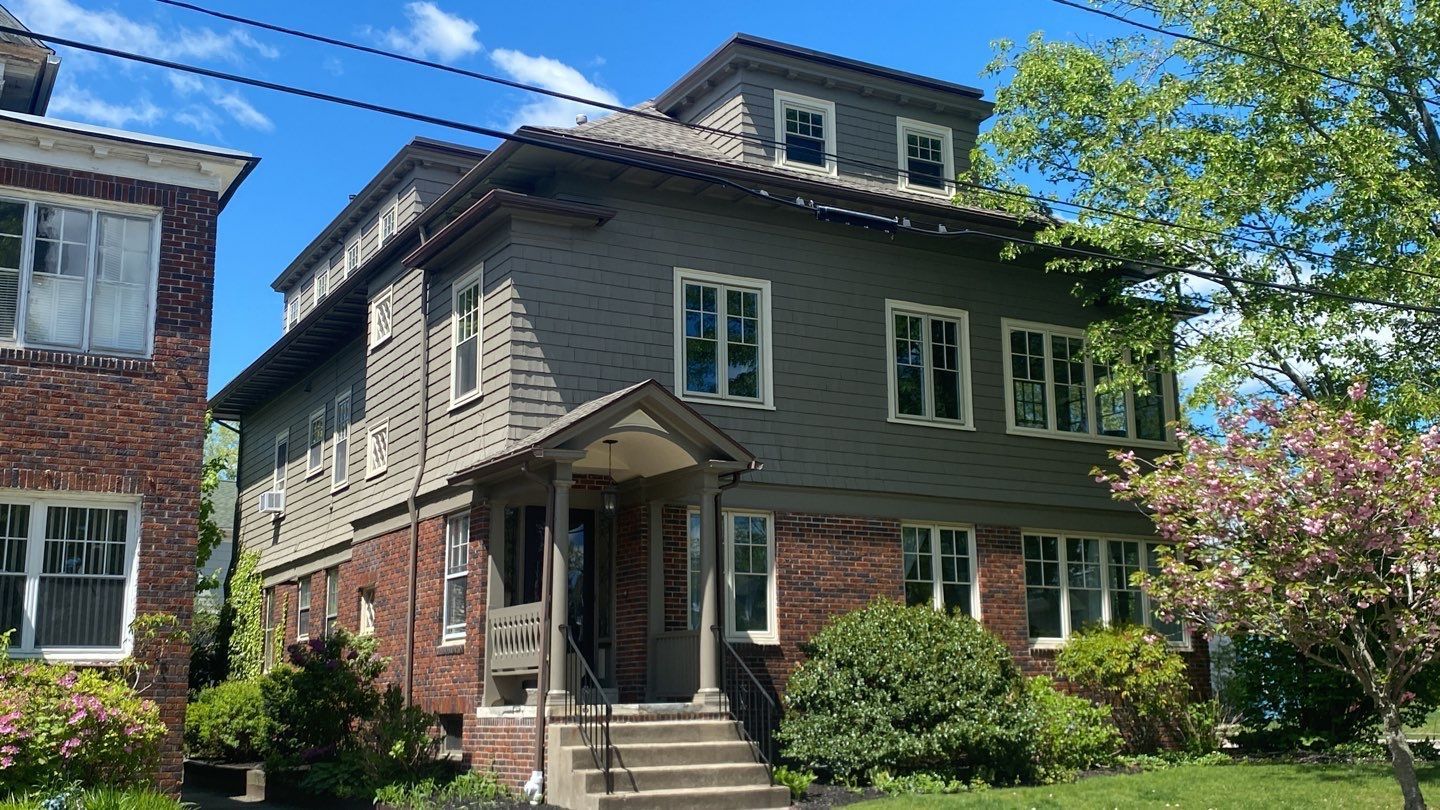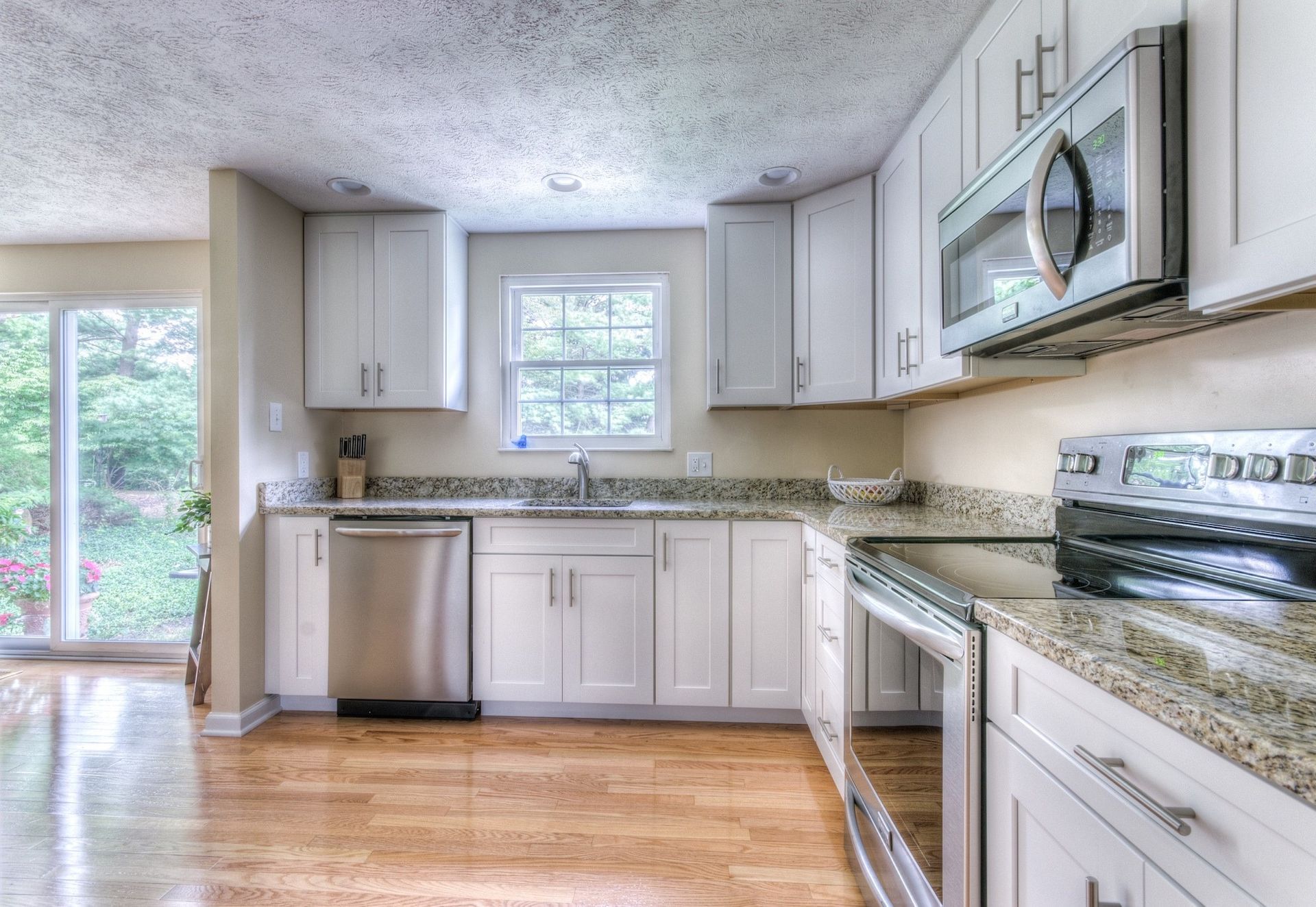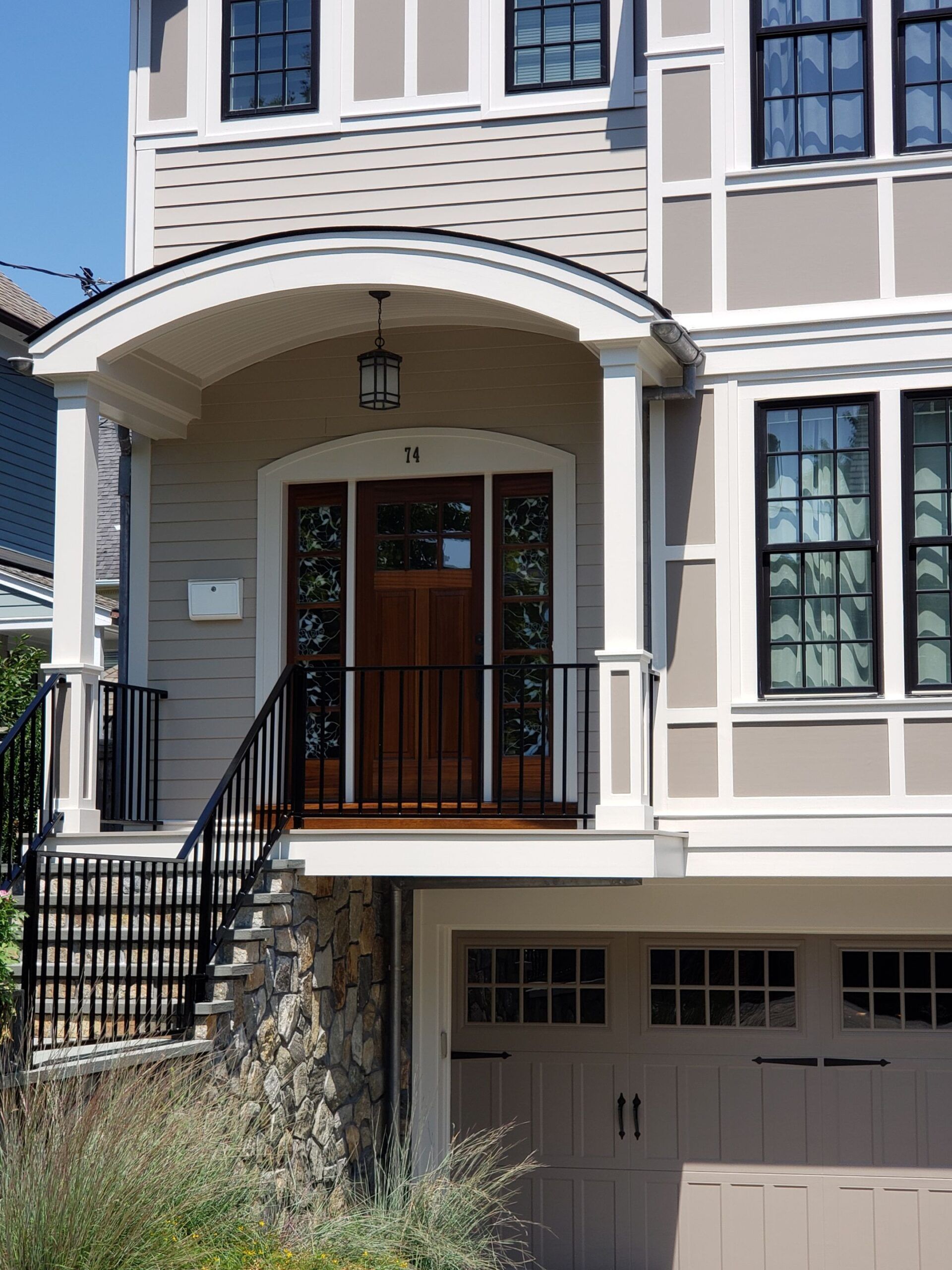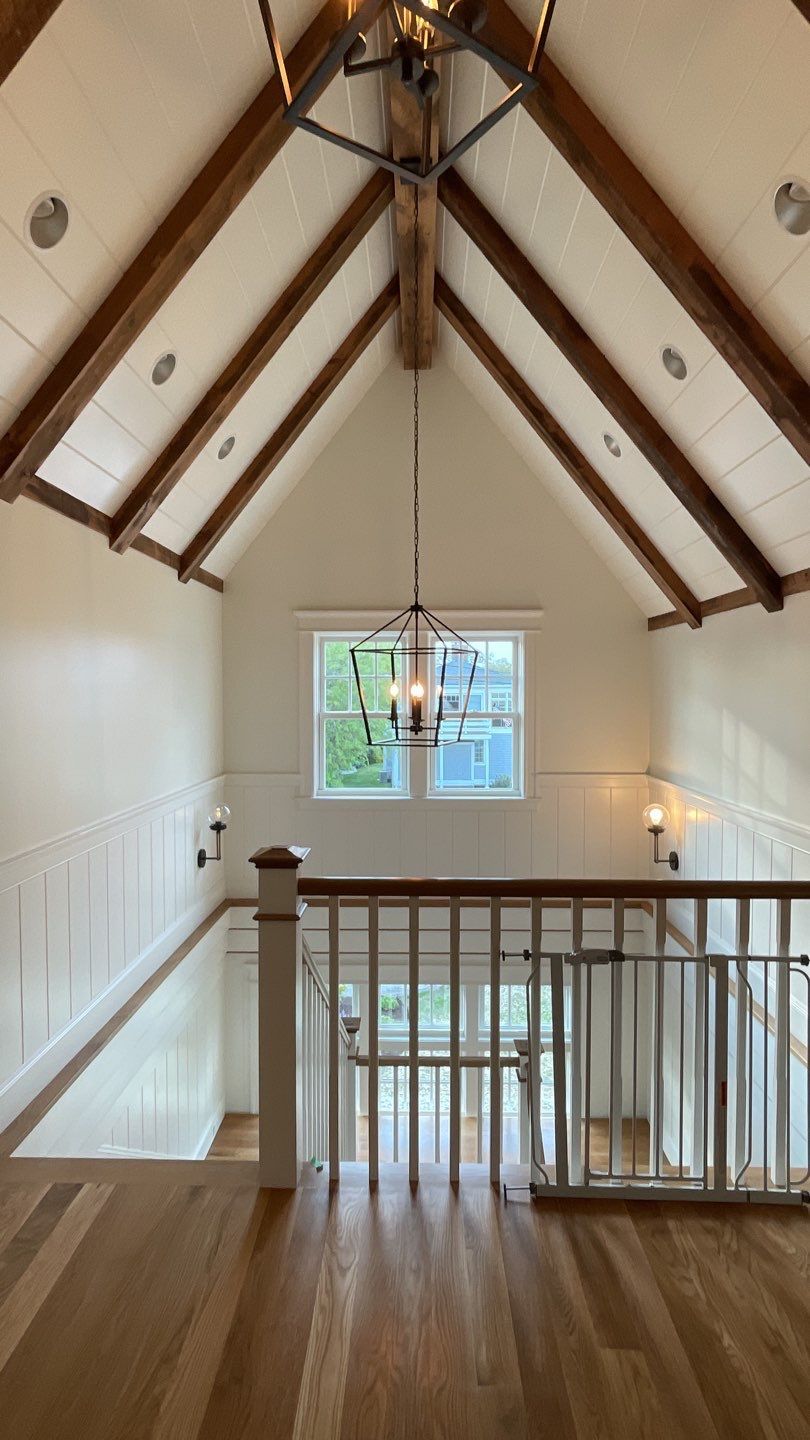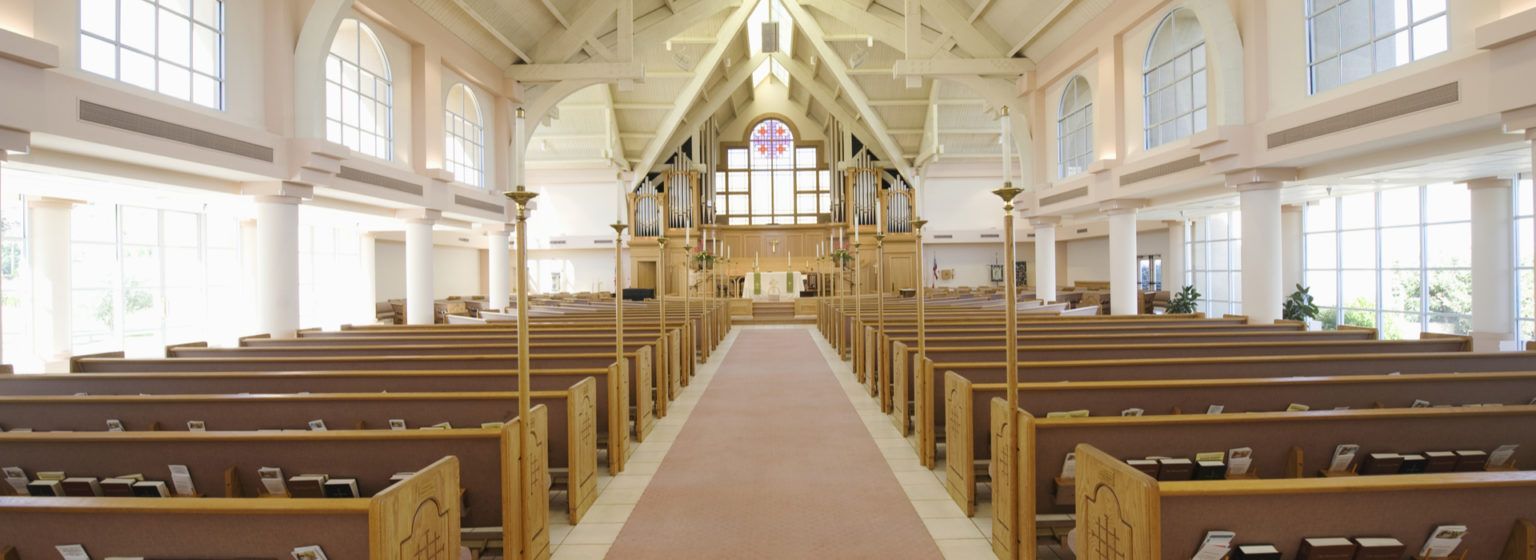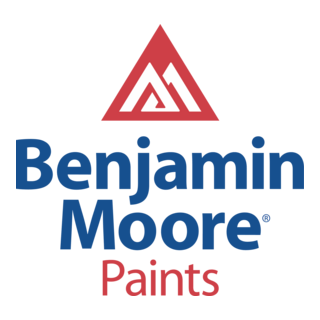Why North Kingstown Homes Need Regular Exterior Painting: Salt Air & Seasonal Wear
North Kingstown is a coastal gem—historic charm, beautiful neighborhoods, and let’s not even get started on those serene water views. The place never gets old. But there is a silent villain lurking in the sea breeze. Actually, two of them: salty air and Rhode Island’s wild seasonal swings.
Sure, they help give the area its character, but they’re also working overtime to wear down your home’s exterior. And if you’re a homeowner around here, regular exterior painting isn’t a cosmetic luxury; it’s straight-up home preservation.
How Salt Air Impacts Your Exterior Paint: The Sneaky Saboteur
Living near the ocean has its perks (sunsets, seafood, that salty scent in the air), but your siding is not about it. Salt in the air, carried by coastal winds, settles onto your home’s surfaces and builds up over time. Combine that with the ever-present moisture in the air, and you’ve got the perfect recipe for paint damage.
Salt acts like tiny sandpaper—coating, corroding, and breaking down paint over time. Even high-quality exterior paint will struggle against years of this constant exposure. What starts as a slight dulling of your color can eventually turn into chipping, peeling, or—worse—wood rot if left unchecked.
Moral of the story? The ocean may be your neighbor, but it’s not always playing nice.
Freeze, Thaw, Repeat: The Annual Rhode Island Routine
If you’ve lived in North Kingstown for more than a minute, you know: the seasons don’t play around here. We get the full buffet—snowstorms, spring rain, muggy summers, and crisp, chilly falls.
The issue? All that expanding and contracting takes a toll. Exterior materials like wood and trim absorb moisture during the wetter months, and when that moisture freezes, it expands. This leads to cracking paint, open seams, and a welcome mat for future damage.
Exterior paint acts like a coat—one that keeps your house from catching a cold (or a water-damage bill). But if that coat is thin, old, or cracking? Time to refresh before winter starts playing tug-of-war with your siding again.
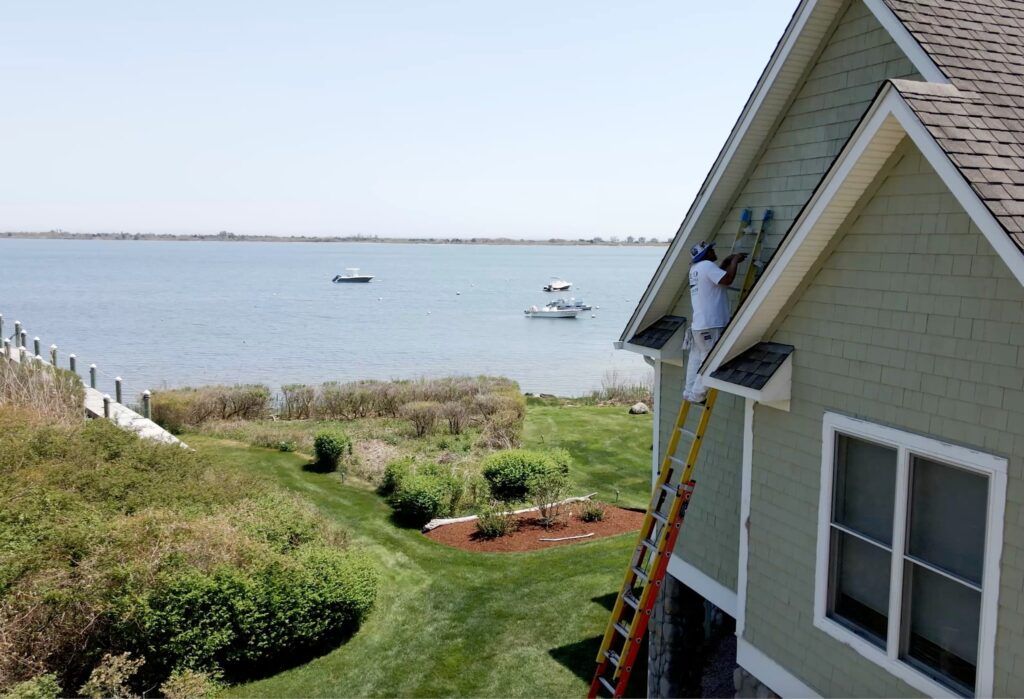
It’s Not Just About Curb Appeal
Yes, a freshly painted home looks sharp. And yes, it might inspire your neighbor to finally do something about their faded shutters. But the biggest reason to paint regularly? Protection.
Exterior paint seals surfaces against rain, wind, and UV rays. It keeps wood from swelling, caulk from cracking, and pests from sneaking in through hidden gaps. Think of it like SPF for your house—except instead of sunburn, we’re talking moisture damage and mold.
Skipping paint upkeep might save you money this year, but in three years when you’re replacing trim boards and siding panels, you’ll wish you’d applied a new coat when the time was right.
So How Often Should You Repaint Your Rhode Island Home?
In a place like North Kingstown, every 5 to 7 years is a good rule. But it depends on a few factors:
- Material – Wood needs more frequent care than vinyl or composite siding.
- Exposure – Sides that face the ocean or get full sun might need extra love sooner.
- Paint Quality – Premium paints last longer and protect better.
- Application – A bad paint job won’t last, no matter how good the paint is.
Bottom line: if your home’s paint is fading, peeling, chalking, or just looking tired, it’s trying to tell you something.
Maintenance Tips Between Paint Jobs
Not every fix needs a ladder and a gallon of paint. Here are a few ways to extend the life of your exterior:
- Rinse your siding once or twice a year with a hose to remove salt and dirt buildup.
- Inspect caulking and trim annually—especially around windows and doors.
- Look for signs of early wear on south- and west-facing walls, which get hit hardest by sun and storms.
- Touch up problem areas before they spread. A little paint now saves a lot later.
And if you’re not sure what you’re looking at? A quick professional inspection never hurts.
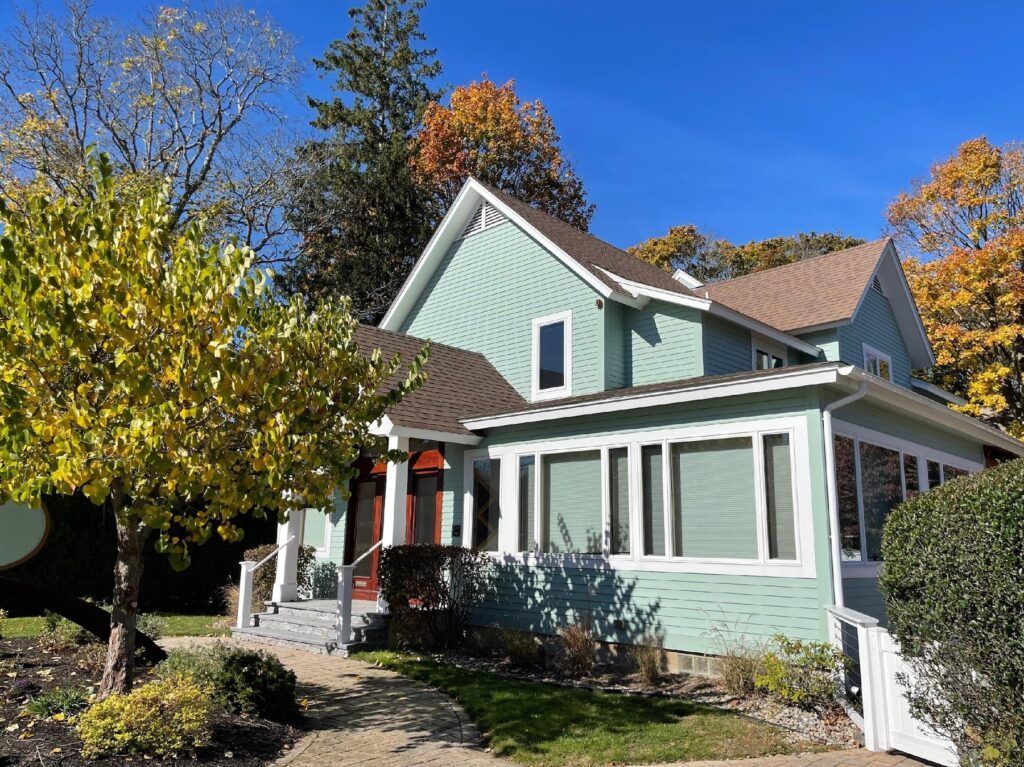
Final Thoughts: Paint Like You Mean It
Here’s the thing—your home doesn’t need to look like it belongs in a magazine. It just needs to be protected. In a coastal town like North Kingstown, the elements are always on the clock, slowly working against your home’s exterior. Regular painting is your best defense.
Think of it this way: salt belongs on clam cakes, not your siding!
Frequently Asked Questions
Q: What time of year is best for exterior painting in Rhode Island?
A: Late spring through early fall is ideal. You want dry weather and moderate temps—50–85°F is the sweet spot.
Q: How can I tell if my house needs repainting?
A: Look for peeling, flaking, fading, chalky residue, or exposed wood. If you rub your hand on the siding and get powdery paint dust, it’s time.
Q: Can salt air damage occur even if I’m not right on the coast?
A: Yes! Salt air can travel several miles inland, especially with strong winds. Any home in North Kingstown is exposed to some level of salt and moisture.
Q: Does power washing help extend the life of my paint job?
A: It can—if done carefully. Too much pressure can actually damage the paint or siding, so it’s best left to a pro.
